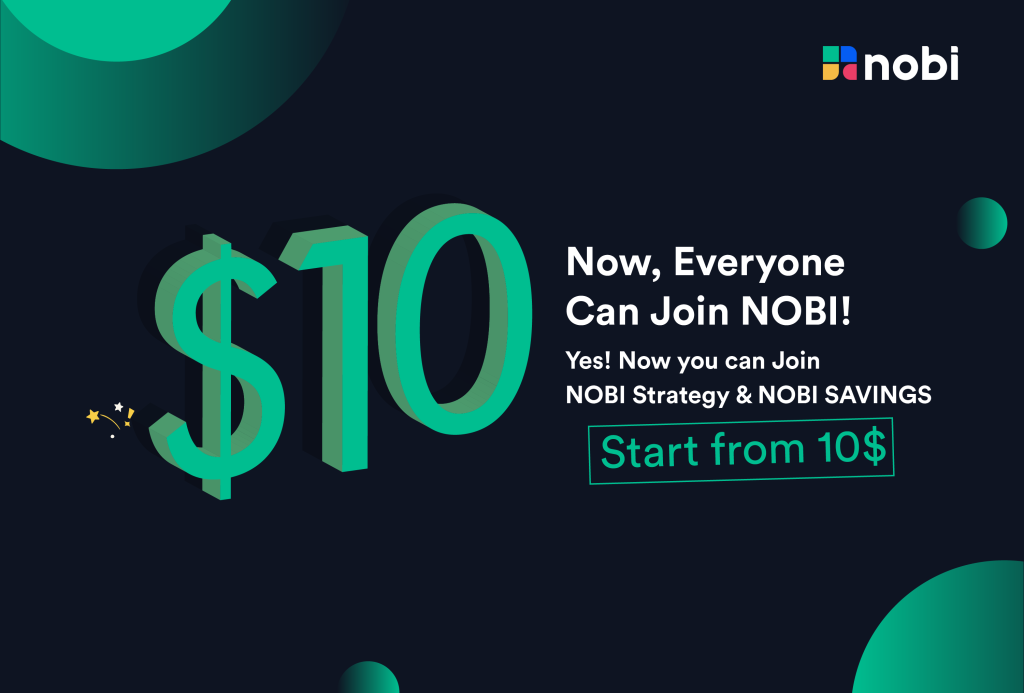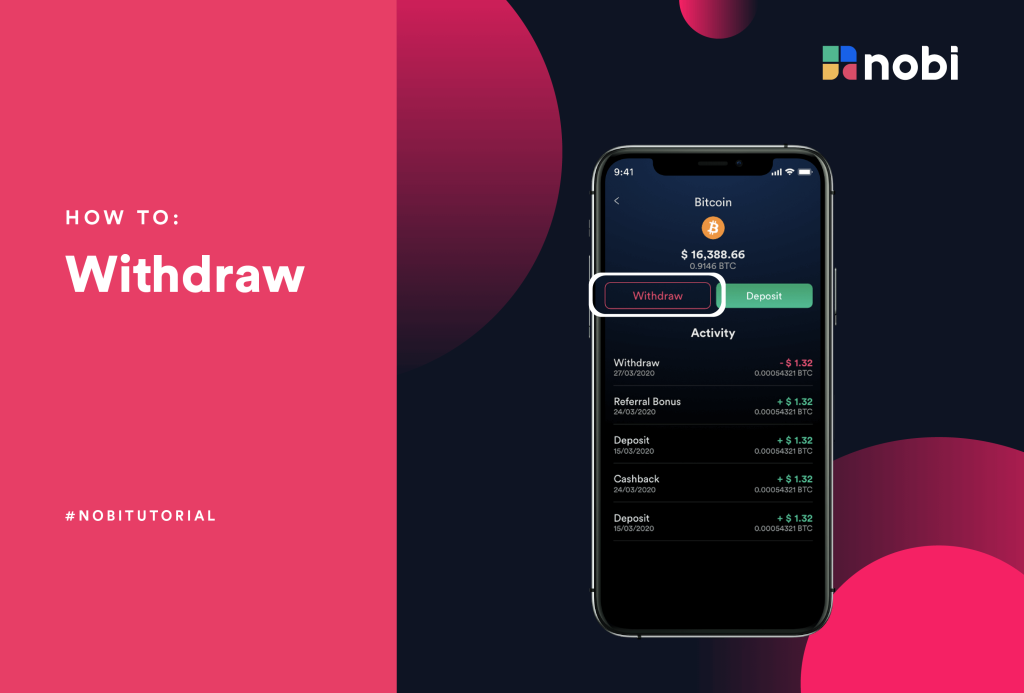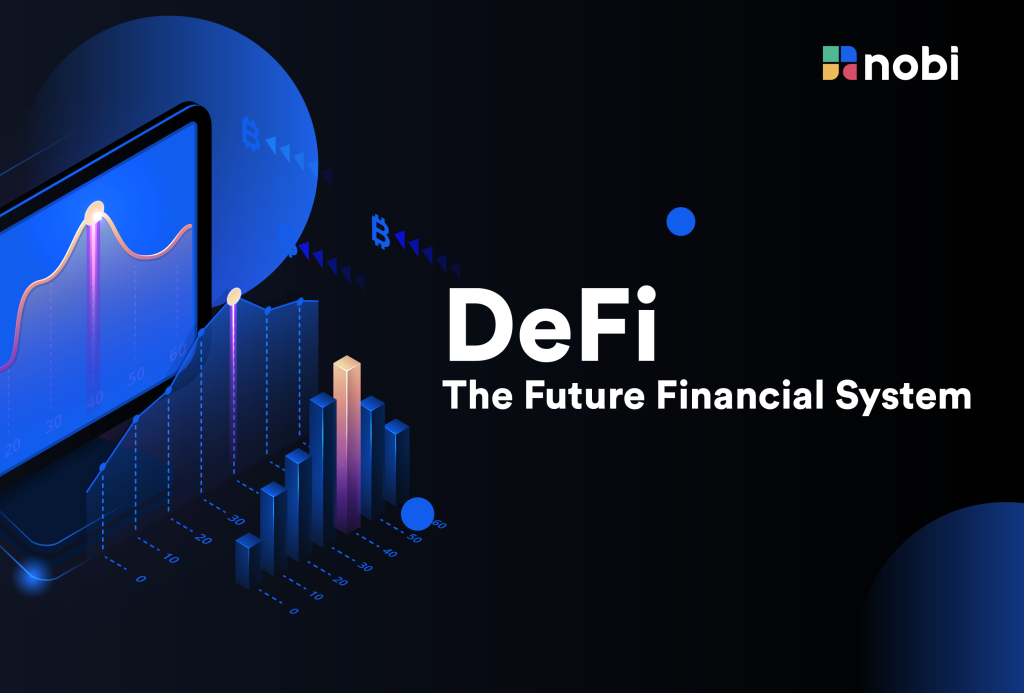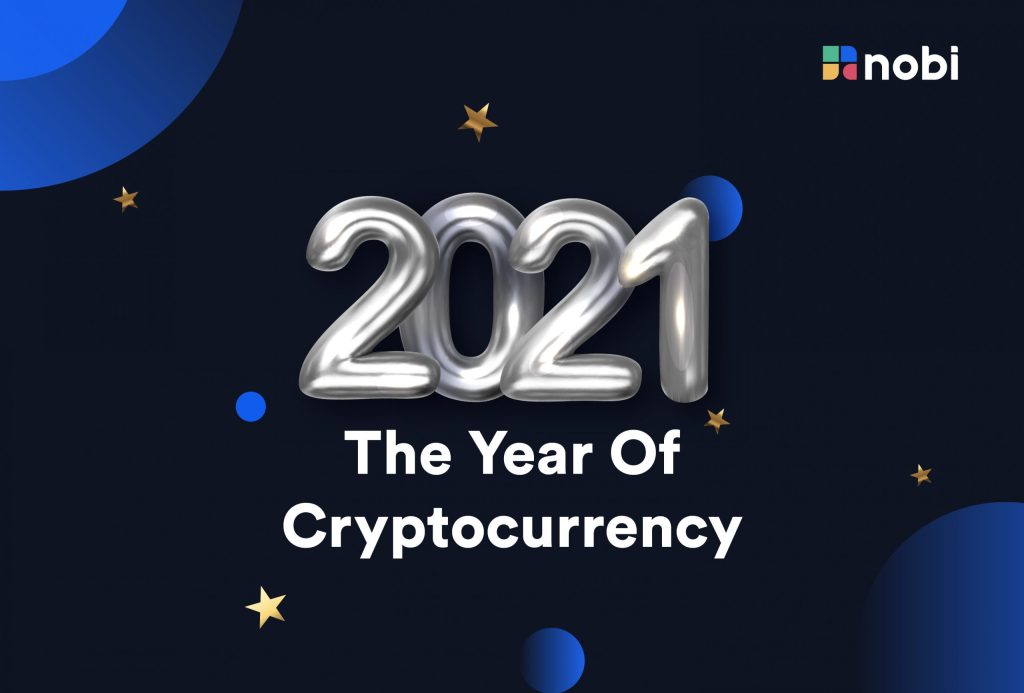The Ethereum network, which went live in 2015, was the first project to enhance the use cases of blockchains by introducing multiple novel technologies that let users build their own digital tokens and self-sustaining, autonomous apps. A wide range of markets, such as game-based finance (GameFi), non-fungible tokens (NFTs), initial coin offerings (ICOs), and decentralized finance (DeFi), were made possible by this breakthrough.
Introduction
Ethereum is a decentralized computing platform that allows computer programs known as smart contracts to run. As with Bitcoin, anyone can send digital money using Ethereum without the involvement of a third party (bank or other financial institution). Meanwhile, blockchain refers to the technology that enables online financial transactions without the use of intermediary entities.
But even so, the Ethereum blockchain’s capabilities differ from those of the Bitcoin blockchain. The Ethereum blockchain is more sophisticated and adaptable than the Bitcoin blockchain. This is because Ethereum’s blockchain allows developers to flexibly build applications.
Simply put, with Ethereum’s smart contracts, developers may create code to run any financial business with far more advanced capabilities than merely sending and receiving cryptocurrency. This includes everything from crypto asset exchanges to crypto asset lending and borrowing.
Ethereum vs. Bitcoin – What’s the Difference?
Bitcoin is a decentralized digital currency that operates on the blockchain and is fueled by financial incentives. Some significant new features it introduced make global user cooperation possible without any one organization or person being responsible for it. Bitcoin allows people to reach consensus on the state of a financial database in a trustless, decentralized manner by having each participant running a program on their computer.
Bitcoin is commonly considered a “first-generation” blockchain. Its simplicity is a security strength because it wasn’t designed to be overly complex. It is designed to be as rigid as possible to ensure the highest level of security at all times. Indeed, Bitcoin’s smart contract language is significantly limited, and it doesn’t support applications outside of transactions very well.
Alternatively, the second generation of blockchains has greater potential. These systems provide a higher level of programmability in addition to facilitating monetary transactions. By removing many of the restrictions placed on them by traditional blockchains, Ethereum makes it possible for programmers to more easily create what are known as “Decentralized Applications” (DApps).
Ethereum was the pioneer of the second generation of blockchains and is still the industry leader. It’s remarkably comparable to Bitcoin and shares many of its capabilities. However, both have distinct differences under the hood and some advantages over the other.
How Does Ethereum Smart Contract Work?
In its simplest form, smart contracts are computer programs built on top of the Ethereum network. The smart contract automatically executes the commands that have been programmed, whether it be to carry out various types of transactions or transfer tokens across Ethereum addresses, when a specific condition specified in the program is fulfilled. On the Ethereum blockchain, smart contracts can be operated by users or by other smart contracts.
Smart contracts are essentially just programs that can be programmed to do anything. This code’s place on the Ethereum blockchain and Ethereum address set it apart from other computer programs. A developer’s smart contract will remain on the Ethereum blockchain after being created there. By sending transactions to the smart contract’s address, anyone can interact with it.
The generation of the ERC-20 token is the most frequent application of the smart contract (the most commonly used token standard on the Ethereum blockchain). Every ERC-20 token has a smart contract that keeps track of the token’s balance at every Ethereum address. The smart contract token will determine a new balance for each address if an ERC-20 token transaction takes place between Ethereum addresses.
Who Invented Ethereum? How Was Ether Distributed?
Under the pseudonym Satoshi Nakamoto, an unknown developer (or group of developers) produced the Bitcoin whitepaper in 2008. This forever altered the digital money landscape. A few years later, a young programmer named Vitalik Buterin saw a way to expand on this concept and apply it to any form of application. Ethereum was eventually developed from the concept.
Buterin suggested Ethereum in a blog article titled Ethereum: The Ultimate Smart Contract and Decentralized Application Platform in 2013. In his blog, he revealed a proposal for a Turing-complete blockchain – a decentralized computer capable of running any program given enough time and resources.
The variety of apps that could be implemented on a blockchain in the future would be limited only by the developers’ imaginations. Ethereum’s goal is to determine whether blockchain technology has meaningful applications outside of Bitcoin’s explicit design limitations.
Ethereum debuted in 2015 with a supply of 72 million ether. Over 50 million of these tokens were distributed through a public token sale known as an Initial Coin Offering (ICO), in which anyone interested may purchase ether tokens in exchange for bitcoins or fiat currency.
Ethereum Tokenomics
Ethereum is currently experiencing a significant major shift. The Proof of Work (PoW) consensus mechanism has been replaced by the Proof of Stake (PoS) model as the one used by the network. These are monumental developments that will have a significant impact on Ethereum’s tokenomics and the utility of the platform.
As of the 13th of September in 2022, the following is the supply of Ethereum:
- Circulating Supply: 120,496,766 ETH
- Max Supply: Infinite
- Market cap: $209,001,165,381
- Price: $1,736
- Distribution method: premined via ICO
At this time, Ethereum is capable of producing five million brand new tokens per year. That works up to an increase of about 4% every year. However, if you take into consideration the token burning process, Ethereum’s inflation reaches a final level of 2.7%. This is because the token burning process is dynamic and its rate changes based on market demand.
As of right now, Ethereum is an asset that contributes to inflation. An inflationary asset is never a good investment because of the supply and demand principles that govern the economy. It is possible for a stable cryptocurrency that is used for payments to legitimately claim the status of being inflationary, but this cannot be said of a speculative asset that represents a stake in crypto’s most important ecosystem.
The transition from Proof of Work to Proof of Stake on Ethereum is being driven in part by inflation. Additionally, a PoS network has a massive effect on the business as a whole.
Ethereum Features
- Ether: This is the native token of the Ethereum blockchain.
- Smart contracts: Smart contracts can be created and implemented using Ethereum. A smart contract is a simple computer program that makes it easier for two parties to exchange any valued item. Any digital asset that users want to exchange might be cash, stocks, real estate, or any type of asset.
- Ethereum Virtual Machine (EVM): Ethereum provides the underlying technology, architecture, and software necessary for people to interact with smart contracts and understand it.
- Decentralized applications (DApps): Decentralized applications, which can be built using Ethereum, are consolidated applications. A Dapp is a short form of decentralized application, also written as DAPP, App, or DApp.
- Decentralized autonomous organizations (DAOs): Users of Ethereum have the ability to develop their own versions of these for democratic decision-making. DAOs are decentralized autonomous organizations that function in complete transparency and are unaffected by any outside intervention.
What is Ether?
Ether (ETH) is Ethereum’s native token used to facilitate transactions within its blockchain ecosystem.
Every transaction in the Ethereum ecosystem has a computation charge (referred to as a “gas fee”) that must be paid to the miner who performs the computation. The payment is paid in ETH. The amount of gas that must be paid increases with how complicated the computation is. For instance, sending ERC-20 costs more than sending ETH since sending ERC-20 involves the usage of smart contracts and its computing and interaction, but sending ETH does not.
Why Does ETH Have Value?
On the Ethereum blockchain, ETH can be used as virtual currency or for a variety of transactions. Ethereum has become one of the most optimized blockchains for building decentralized apps, unlike Bitcoin, because more programs can be written on its blockchain. ETH, one of the second largest cryptocurrencies after Bitcoin in terms of market value, functions as a gas fee that must be paid in order to conduct calculations on a number of applications created on the Ethereum network.
Ethereum Transition to Proof-of-Stake
After years of development, on September 15, 2022, The Merge, which transitioned Ethereum from a proof-of-work (PoW) to a proof-of-stake (PoS) blockchain, was finally completed. It is expected that the PoS network will reduce transaction fees and increase scalability on the blockchain, all while making the network more energy efficient.
The potential benefit might be enormous. Now, 99.9% less energy should be used by Ethereum. One projection states that by September 16, 2022, Ethereum’s energy use will have decreased from 77.77 TWh on September 14 to 0.01 TWh.
According to Ethereum’s developers, the upgrade would make the network—which is home to numerous cryptocurrency tokens—more scalable and secure. Incorporating all of Ethereum’s DeFi apps, including DEXs, lending protocols, NFT marketplaces, and other apps, the TVL (Total Value Locked) of the cryptocurrency is currently at roughly $30 billion.
At 7 AM UTC, the Ethereum Merge was successfully completed. However, Ether’s (ETH) value began to steadily fall, and on the first day following the Merge, it fell by 12%. The price of ether has started to decline, and many investors are bearish.
The Benefits of Building on Ethereum
Ethereum is a very flexible platform for building decentralized apps using the Solidity scripting language and Ethereum Virtual Machine. Developers of decentralized apps that use smart contracts on Ethereum benefit from the rich ecosystem of developer tools and best practices that have grown up as the protocol has fully matured. This maturity also shows in the quality of the user experience for the average user of Ethereum applications. Wallets like MetaMask, Argent, Rainbow, and others offer easy ways to interact with the Ethereum blockchain and smart contracts that are running there.
Because Ethereum has a lot of users, developers are more likely to put their applications on the network. This makes Ethereum the best place for decentralized applications like DeFi and NFTs. In the future, the backwards-compatible Ethereum 2.0 protocol will provide a more scalable network on which to build decentralized applications that need higher transaction throughput.
Application and Real World Use Cases for Ethereum
Payment Gateways
Ethereum’s application for payments and remittances is among the most fascinating since it enables free international money transfers. Users can keep money in an account that transforms tokens into flat currency for transactions via payment gateways that interact with Ethereum or other cryptocurrencies.
ICO Platforms
Initial coin offers (ICOs) for crowdfunding are a crucial use case for Ethereum. ICO platforms, which let users to develop new digital currencies, have already been introduced by numerous businesses. This results in an ecosystem that gives customers, investors, and developers more freedom than before.
Tokenizing Assets
The security token market is a multi-trillion dollar business and Ethereum could well be the preferred platforms empowering this trend. Security tokens are digital representations of real-world assets such as stocks, precious metals, and real estate. Tokenization allows issuers to more easily transact and transfer these assets.
Health Applications
Ethereum is set to transform the healthcare industry by allowing hospitals around the world to securely store, access, and share patient records. This is a significant advancement for future critical outbreaks, both in prevention and control with the development of new vaccines.
Digital Identity Management
Identity theft is a serious issue in this information age. Ethereum apps provide a one-of-a-kind solution for preventing identity theft and fraud. The application is not limited to individuals, but also to businesses and IoT devices. Through components such as decentralized identifiers, identity management, and embedded encryption, Ethereum enables users to create and maintain their digital identities.
How to Buy ETH?
To get some ETH, you can simply buy them directly on NOBI app. You can also check ETH’s real-time price here. Not only buy-sell crypto assets, you can also grow your favorite crypto assets on NOBI, including ETH. You could hold your coins while earning attractive rewards on NOBI Earn. What’s more, it’s an easy way to earn by simply holding crypto assets. Check out NOBI Earn and start earning rewards today!
Related Article






